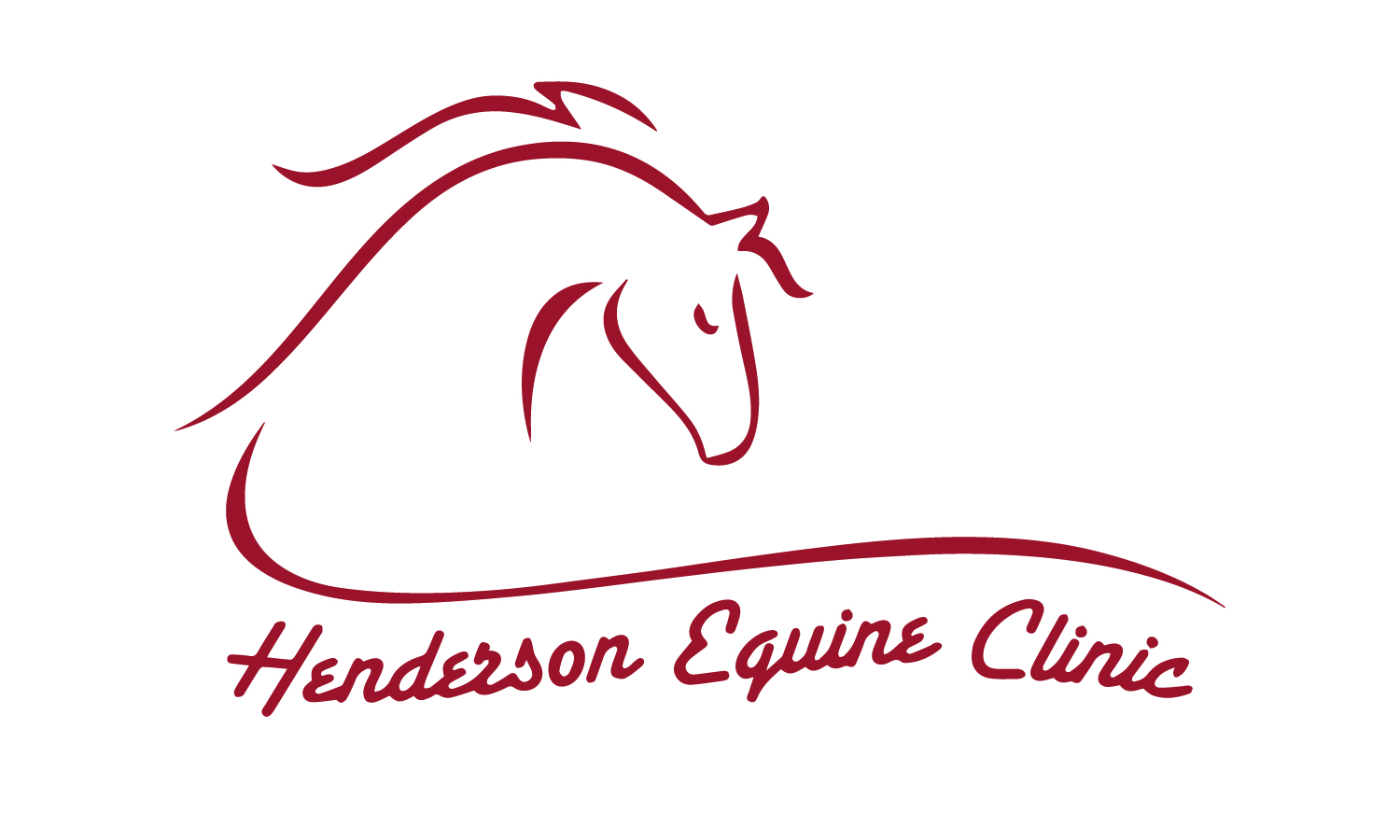Safe Fencing
Every year we see and treat horses that are injured in their pastures. Remember, horse fencing is not a “one size fits all” product, and your individual needs and preferences should be considered when building fencing. There are many fencing options available today made from a variety of materials in many shapes, sizes, and colors. Here, we will comment on some of the more popular fencing options.
With all types of fencing, we recommend routine maintenance and visual inspection. All fencing should be either professionally installed or installed using manufacturer’s recommendations. Care should be taken to acclimate your horses to new fencing - never just put them into a new paddock without showing the fencing to them.
Don’t
Do
Flexible Fencing: This is the type of fencing that we have installed at the clinic. We chose it for it’s durability and visibility. It is very sturdy, yet forgiving. It consists of 3 wires coated inside of the fencing. This fencing should be kept tight and have a yearly inspection to look for bare or exposed wires.
Electric: Very versatile, and much lower cost than other types. However, visibility is a common problem with electric fences. Braided or coated electric fence is best suited for horses (versus wire). Maintenance is key: coated fencing can cause lacerations if the coating becomes stripped from the wire.
Wood: Very durable, great visibility. However, this type can be a problem if your horse likes to chew wood or crib. Horses that lean/scratch on this type of fencing can also cause greater wear and tear, but in general, wood fencing is safe and sturdy.
Wire Mesh: Safe, visible, low maintenance, and very durable. As the fencing ages, it may stretch and sag, making it easier for your horse to get a foot/leg caught and cause an injury. It is recommended to put a board or strand of electric on top of the fence to keep horses from reaching over and leaning on the fence.
High tensile wire: This fencing has very poor visibility. When a horse gets its leg through the fence and pulls back, the horse can severely cut its leg down (often down to the bone), since the fencing is so tight. The fencing can also get wrapped around horse legs, which can cause the horse to panic.
Barbed wire: This fencing can cause the same types of injuries as high tensile wire, since it has poor visibility and is pulled tight. The injuries can be magnified by the “barbs” that do a lot more tissue damage to the legs. Barbed wire fencing is sometimes used along the top of other fencing products to keep the horses from reaching over the top of the fence to reach the greener grass on the other side. Barbed wire on the top of fencing can be the cause of cuts and lacerations to the face, head, and neck of horses.
PVC: Although this fencing is pretty, we don’t recommend it for horses since it’s not very sturdy, and when it breaks, it usually splinters and can cause puncture wounds.
Metal posts: These are a serious laceration hazard
